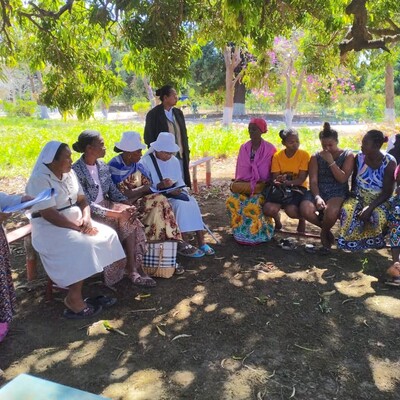
New research paper reviews the emerging threat of microsporidia, a group of foodborne parasites

Catch of the day, Khulna, Bangladesh. Fish are among the aquatic hosts of microsporidia, a group of emerging foodborne parasites. (photo credit: WorldFish/Yousuf Tushar).
In December 2015, the World Health Organization published a report of the first ever global and regional estimates of the burden of foodborne diseases.
The report estimates the burden of foodborne diseases caused by 31 agents – bacteria, viruses, parasites, toxins and chemicals – and shows that almost 1 in 10 people fall ill every year from eating contaminated food and 420,000 die as a result.
Children under five years of age are at particularly high risk, with 125,000 children dying from foodborne diseases every year. Africa and Southeast Asia have the highest burden of foodborne diseases.
Microsporidia are among the many contributors to the global burden of foodborne disease, although they are not currently considered to be priority foodborne parasites.
Microsporidia are a group of spore-forming parasites that infect a wide range of host organisms, including humans. People can get infected with microsporidia through ingesting contaminated food and water. People with weakened immune systems are at particularly high risk of infection.
To address the growing threat of this emerging group of pathogens, a group of experts met at a symposium entitled “Microsporidia in the animal to human food chain: An international symposium to address chronic epizootic disease”. The meeting was sponsored by the Organisation for Economic Cooperation and Development and held in Vancouver, Canada in August 2015.
Kristina Roesel, a scientist at the International Livestock Research Institute (ILRI), presented a paper entitled “Parasites in food chains”. Her presentation contributed to a collaborative review article, “Microsporidia – Emergent pathogens in the global food chain”, published in the journal Trends in Parasitology (18 Jan 2016).
The article examines the threat of microsporidia in food, water and major food production chains. The authors note that climate change may result in a greater disease burden in hosts from all environments and thus increase the contact rate between infected animals and humans. A One Health approach will, therefore, be useful to manage the risks of microsporidian infections in wildlife, food animals and humans.




















